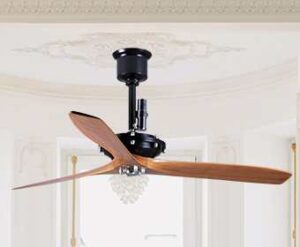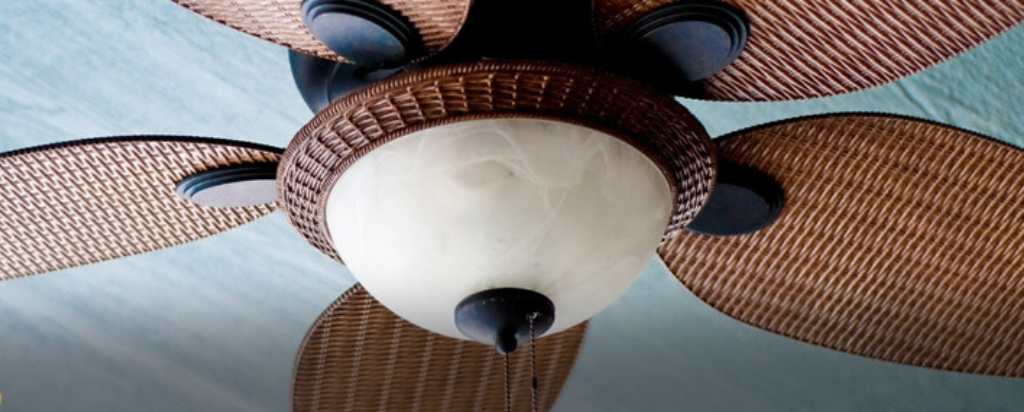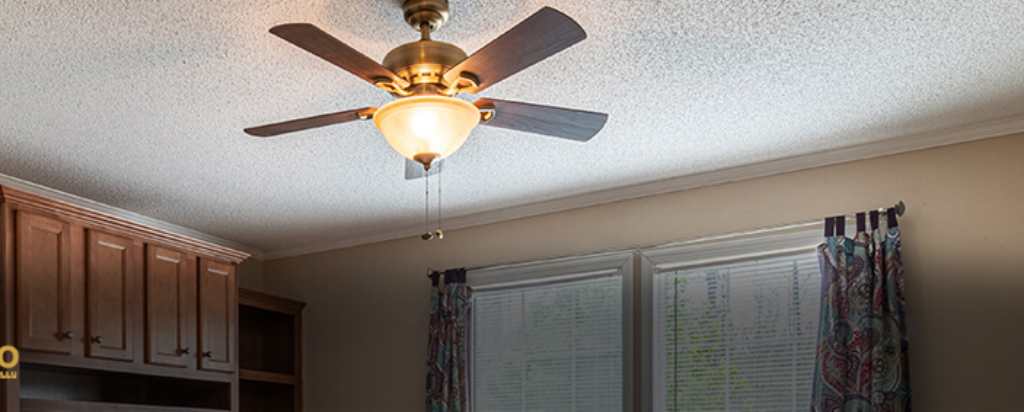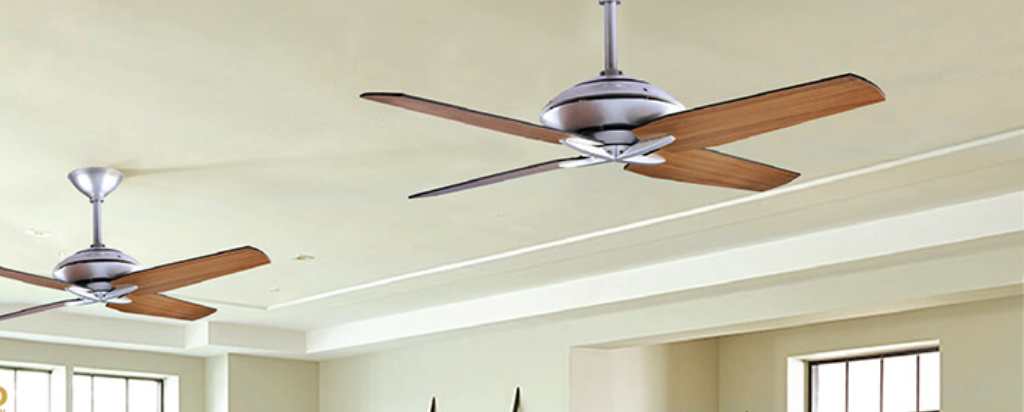Do you also have a high-speed designer ceiling fan with a single speed? Then this blog is for you. So keep reading till the very end.
A defective ceiling fan is usually caused by the bearings and the capacitor. As a result, ceiling fan maintenance is required to increase its efficiency. It also reduces the cost of replacement. Learn how to repair your designer ceiling fans without spending a dime.
Reasons Why You Can’t Operate A Ceiling Fan On Slow Speed
Issues With The Capacitor
A malfunctioning capacitor may cause such a problem, especially if the fan is old. Because this is a common problem, it is simple to resolve without the assistance of a professional. If your capacitor isn’t working properly, double-check that all of the wires are in good condition.
Overheated Motor
A ceiling fan’s motor is its most crucial component. It is in charge of spinning the blades. If the motor overheats, it could be because it is overworked or because it is old. If you suspect the motor is overheating, turn it off and wait at least 30 minutes for it to cool down. After it has cooled down, you can restart the computer to see if the problem has been resolved.
If the ceiling fan overheats again, it may be time to replace it. Overheating ceiling fan motors can start fires in extreme cases.
A Faulty Control Box
The majority of a ceiling fan’s operations are controlled by its control box. If the issue is not with the capacitor, it is almost certainly with the control box. It may no longer function as a result of continuous operation. You can also replace it to restore the functionality of your fan.
Issues With The Motor Cap
You do not need to spend more money on the control box for your fan. However, if you intend to replace your fan, you may incur additional costs. If the problem is not in the control box or the capacitor, you must inspect the fan motor’s cap. This is where you will encounter speed issues if neither of them works properly. Furthermore, such problems can be resolved by simply replacing the cap.
Possible Causes of Ceiling Fans Stuck on High Speed
Old Blades
Ceiling fan blades that are too old may wobble, resulting in an imbalance. One or more of the blades may be damaged or bent. In such a case, it is prudent to inspect the blade to determine the extent of the damage and repair it accordingly.
Lubrication Loss
It is not uncommon for our ceiling fan to cease operating unexpectedly. One of the most likely causes is a loss of lubrication. Because lubrication has a significant impact on the performance of a ceiling fan.
Poor Capacitor
A faulty capacitor can lead to serious issues with the fan. As a result, you must keep an eye on the capacitor and repair it as soon as possible. If none of these suggestions works, it’s time to get a new fan.
Why isn’t the ceiling fan’s speed changing?
Pull cord issues
If the fan speed is stuck on high, the capacitor is not to blame. It could be a problem with the pull cord. For example, the pull cord may have broken or become disconnected. You can repair it.
Failure of bearings
If the bearings become worn or broken, the fan may become stuck at high speed. In this scenario, you must replace the bearings with new ones.
Should You Repair Or Replace A Ceiling Fan?
If you have problems with your ceiling fan, such as it not working at all speeds, making strange noises, or having damaged blades, you must decide whether to repair or replace it.
In some circumstances, purchasing a new ceiling fan rather than repairing an old one may be more cost-effective. For example, if the ceiling fan is more than ten years old and shows signs of wear and tear, it may be time to replace it. However, if your ceiling fan is only a few years old and the damaged part is easily replaced, repairing it may be preferable.
What Are the Symptoms of a Ceiling Fan Replacement?
There are various indicators that it is time to replace your ceiling fan, including:
- The blades have been bent or damaged.
- Strange noises are coming from the motor.
- The fan is swaying.
- The fan has rust on it.
- If your ceiling fan isn’t working as well as it used to, it’s time for a replacement.
For example, if your ceiling fan’s blades aren’t spinning as fast as they used to or the light is dimmer than usual, it’s probably time to replace it.
How Much Does A Designer Ceiling Fan Replacement Cost?
The cost of replacing a ceiling fan is determined by the type of fan and the difficulty of installation. The expense of a more intricate setup or a fancy ceiling fan can be exorbitant. The cost of the electrician’s labour will also influence the pricing.
You can save money by installing the ceiling fan yourself. If you are not comfortable performing this, we recommend that you hire an electrician because other electrical work can be complex and potentially dangerous.
Is it okay to leave designer ceiling fans running all the time?
Yes, you may leave your ceiling fan running all day. Indeed, many individuals use this to keep their homes cool during the summer. Continuously running a ceiling fan will reduce its overall lifespan. Because ceiling fans do not lower a home’s temperature, they should be turned off when no one is present.
This will help you save energy while also extending the life of your ceiling fan.
How Long Do Ceiling Fans Last?
Ceiling fans can endure up to ten years, depending on their quality. The lifespan of your ceiling fan will also vary depending on how frequently you use it. If you constantly run your ceiling fans, the motor will wear out faster.
Ceiling fans that are used more frequently will necessitate more maintenance. We recommend that you inspect your ceiling fan at least once a year to ensure that all of the parts are in functioning order. You should also clean your ceiling fan’s blades on a regular basis. Dust and debris can accumulate on the blades, causing them to become imbalanced.
Unbalanced blades will put additional load on the motor, potentially causing it to break prematurely.
Conclusion
Ceiling fans can assist in keeping your home cooler and more comfortable. However, they will eventually need to be replaced, just like any other equipment.
When this time comes, it’s critical to recognise the signs that it’s time for a new ceiling fan. You should also be aware of the cost of replacement and how to install the new ceiling fan yourself. Following these guidelines will ensure that you purchase a high-quality designer ceiling fan that will last for many years.
Are you considering replacing your old, noisy ceiling fan? Consider replacing them with The Fan Studio fans, which are highly efficient and last a long time. Contact The Fan Studio to purchase high-quality, decorative ceiling fans. Make a noticeable difference at home.





